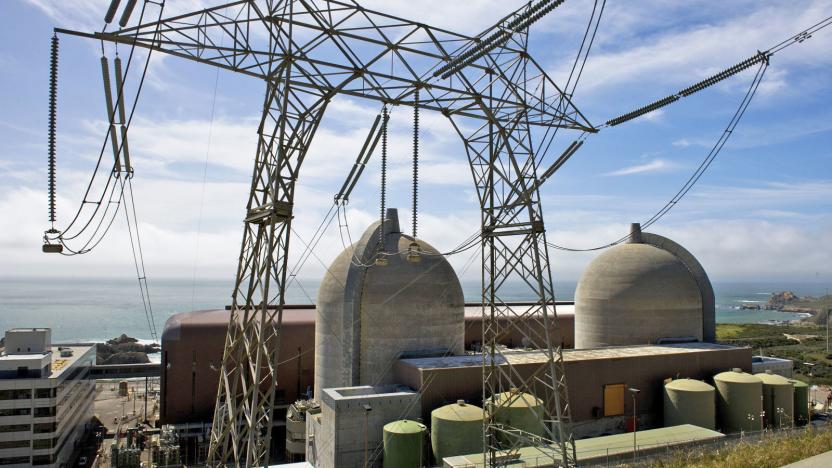PowerPlants
Latest

California's last nuclear power plant to close in 2025
California's nuclear-powered dream has an expiration date. The state's utility conglomerate Pacific Gas and Electric (PG&E) announced yesterday that they will close the last remaining nuclear plants by 2025. They'll replace the output with renewable energy and better efficiency in other stations. But, barring any changes to the moratorium on new plants, it's likely the end for atomic power in the Golden State.

Inhabitat's Week in Green: of mirror cubes and urban icebergs
Each week our friends at Inhabitat recap the week's most interesting green developments and clean tech news for us -- it's the Week in Green. With summer in full swing, this week Inhabitat watched the mercury rise as the world's largest thermostat burst forth with an array of 72,000 building-mounted LEDs. We also kept things cool with a remarkable plan to transform frozen construction sites into event-hosting urban icebergs. And if you haven't made plans for a summer vacation yet, might we recommend this stunning Swedish "Treehotel" housed within a silvery mirror cube in the sky? Heartening news rang forth from the renewable energy sector this week as a UN-backed study reported that the building of new renewable energy plants has officially overtaken fossil fuel plants in Europe and the US. We also took a look at two brand new types of power plants -- the world's first hydrogen-driven power plant in Italy and the first hybrid coal-solar power plant in Colorado. The past week also saw several remarkable advances in clean tech, starting with MIT's latest innovation, a new type of high-tech fiber that can transmit sound, light, and generate electricity. We also paid homage to one of our all-time favorite sources of (surprisingly green) home entertainment - the Roku Box.

Scientists create sea-power generating 'Anaconda'
Scientists may have discovered a new way to combat the global energy crisis -- and they're calling it the "Anaconda" (we'll give you a moment to purge your mind of any J. Lo films). The system works by utilizing the power of the ocean and long, black rubber tubes (hence the name). The rubber "snakes" are laid just below the sea's surface where they're pounded by the ocean's waves. That movement creates "bulge waves" inside the water-filled tubes, which are then carried up through the devices to a turbine, which in turn sends the energy it produces to shore via cables. So far scientists have only tested the system on a small scale, though they say the full-size devices could be 200 meters long and seven meters in diameter. That's one giant, deadly snake.
